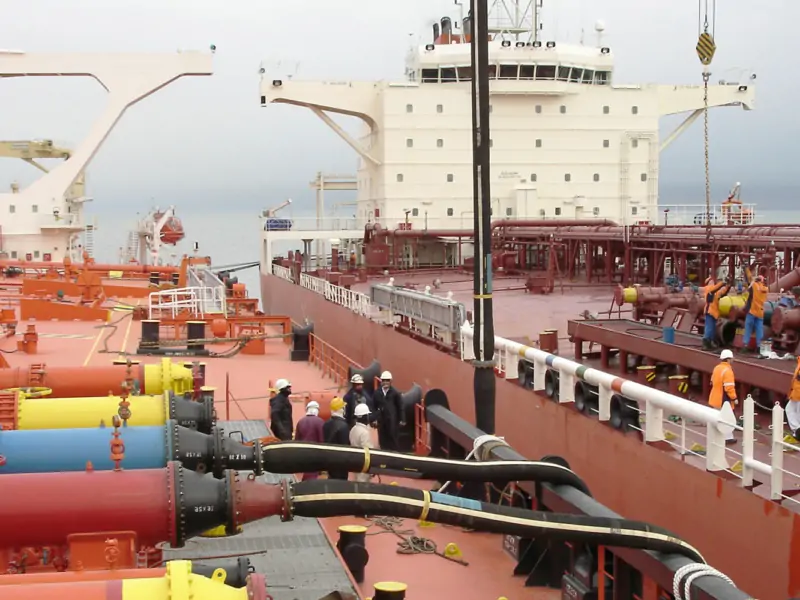Marine STS Bunker Hose: The "Super Connector" of the "Maritime Energy Artery"-Part 4
2025-10-17
IV. Importance and Advantages
Unlocking large ports: By enabling regions lacking deep-water ports to handle giant oil tankers efficiently, it significantly reduces shipping and port construction costs.
High safety: Compared to traditional dock loading and unloading methods, the SPM system places the operation area in the open sea, reducing the risk of oil tankers colliding with fixed docks. In case of an oil spill, the impact on the coastline's ecology will also be smaller.
High flexibility: The system can be quickly deployed and withdrawn, adapting to various operational requirements and weather windows.
Economically efficient: It is a low-cost and high-benefit alternative for building deep-water docks.
V. Safety and Challenges
Despite the maturity of the technology, the STS oil transportation operation still faces challenges:
Adverse sea conditions: Wind waves and ocean currents will exert continuous stress on the hose and the vessel, requiring precise dynamic positioning and mooring control.
Leakage risk: Aging of the hose, improper operation or external damage may cause oil leakage, resulting in marine environmental pollution. Therefore, the hose needs to be subject to regular strict inspections, pressure tests, and maintenance.
Operational complexity: It requires highly specialized crew and operation teams to work collaboratively.
In summary, the Marine STS Bunker Hose is an indispensable key equipment in modern marine energy logistics. It is like a series of strong and flexible "oceanic blood vessels", silently undertaking the heavy responsibility of global energy transfer in the waves, with its high-tech connotation and outstanding performance, ensuring the safe and efficient flow of the black gold.




